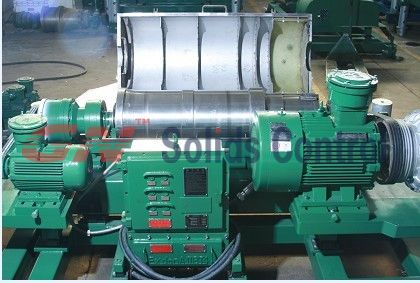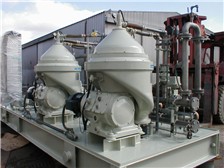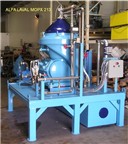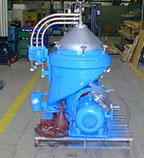By joshua
To place a new nuclear facility at Yongbyon is to prepare it for exhibition. Nothing else makes that point as well as the easily overlooked third new building mentioned in Sig Hecker’s latest trip report, after the light-water reactor (LWR) and the gas centrifuge enrichment plant (GCEP): “the new three-story Guest House.” Decoded, the message reads: Come visit Yongbyon, where sanctions aren’t working.
The exact placement of the GCEP and the LWR-in-progress contain a message of their own. First, as a recent DigitalGlobe image shows, the LWR construction site occupies the area of the disabled 5 MW(e) Magnox reactor’s former cooling tower. (See the ISIS image brief.) Second, as Jeffrey points out, the GCEP stands on the site of the Magnox reactor’s fuel-fabrication building. As I’ve written in a contribution to the current issue of Uranium Intelligence Weekly, these changes almost certainly would not prevent restoration of the reactor to operational status, but they do convey that making plutonium at Yongbyon no longer rates as a high priority.
In fact, these look like the very sort of additional and unilateral disablement steps that I had deemed so unlikely earlier. (Whoops.) It’s the sort of action that one might expect North Korea to take in order to signal confidence that it already has all the plutonium it needs.
Naturally, skeptics will question the North Koreans’ statements, described in Hecker’s report, that the new facilities are meant to produce electricity only, and not new weapons made with highly enriched uranium (HEU). Those inclined to brooding may reflect on reports that a new tunnel is being dug at the nuclear test site near Punggye-ri, and wonder if this has any connection to threats from July to “bolster [North Korea's] nuclear deterrent in a more diversified manner.” Still, I’m not betting on the testing of an HEU device — at least, not quite so soon after the responsible parties have sworn up and down that it’s all just for making electricity.
What Sort of Centrifuges? How Powerful?
For the time being, my UIW piece remains behind the paywall. If you have access, you might find it interesting for its discussion of the potential characteristics of the machines glimpsed by Hecker and colleagues. The leading hypothesis is that they’re P-2 machines whose design was provided by A.Q. Khan. What makes that particularly interesting is that the Iranians aren’t known to have operated their own P-2 derivatives, the IR-2 and IR-2m, in groups of more than 10. [Update, Nov. 23: Make that "more than 20," per the latest Iran report.]
The P-2 is a significantly better device than the P-1 or its Iranian counterpart, the IR-1. Hecker reports two important claims: first, that the North Korean facility contains about 2,000 machines; and second, that it is capable of producing 8,000 kg SWU/yr. That may be exaggeration or wishful thinking. Then again, based on Mark Hibbs’s past reporting, the German G-2 centrifuge — the basis of Pakistan’s P-2 — was capable of 5 kg SWU/yr. per machine.
Compared to what Iran’s IR-1 has done over most of the course of its recent career, that’s a much more powerful centrifuge. Perhaps we ought to add another item to the list of reasons not to underestimate North Korea.
Update, Nov. 23: According to Dr. Hecker, the new developments at Yongbyon would not significantly interfere with restoration of the 5 MW(e) reactor, if desired. It could be restarted in about six months.
source: pollack.armscontrolwonk.com












